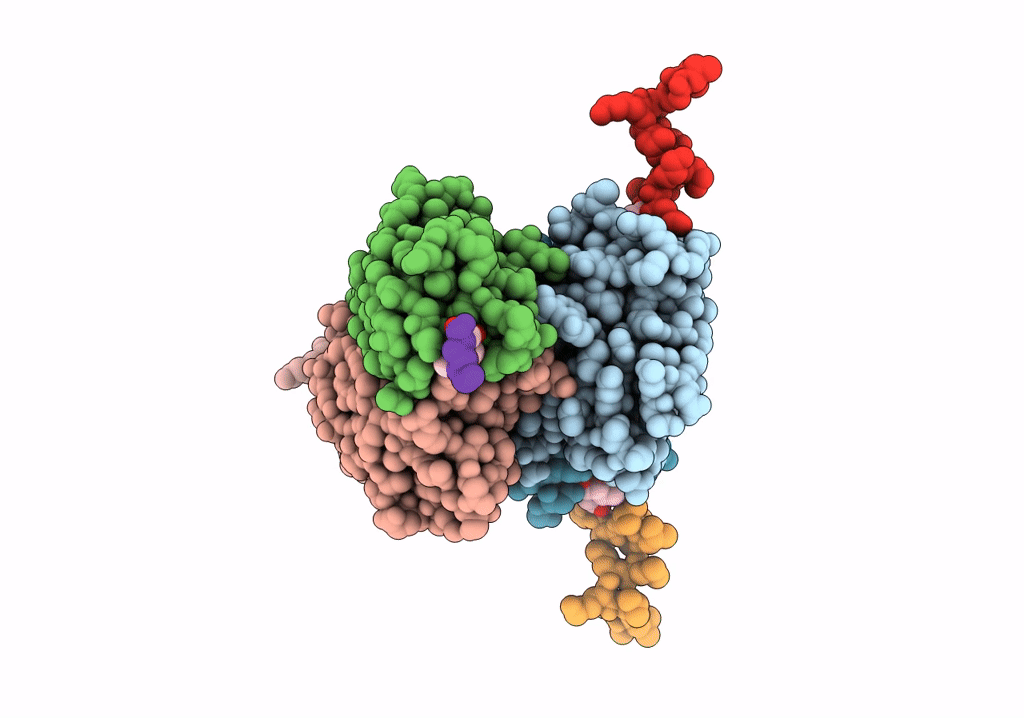
Deposition Date
2022-08-08
Release Date
2023-05-31
Last Version Date
2024-10-23
Entry Detail
PDB ID:
8AOO
Keywords:
Title:
Fucosylated mixed-chirality linear peptide FHP31 bound to the fucose binding lectin LecB PA-IIL from Pseudomonas aeruginosa at 1.2 Angstrom resolution.
Biological Source:
Source Organism:
Pseudomonas aeruginosa PAO1 (Taxon ID: 208964)
synthetic construct (Taxon ID: 32630)
synthetic construct (Taxon ID: 32630)
Host Organism:
Method Details:
Experimental Method:
Resolution:
1.18 Å
R-Value Free:
0.15
R-Value Work:
0.12
R-Value Observed:
0.12
Space Group:
P 1 21 1


